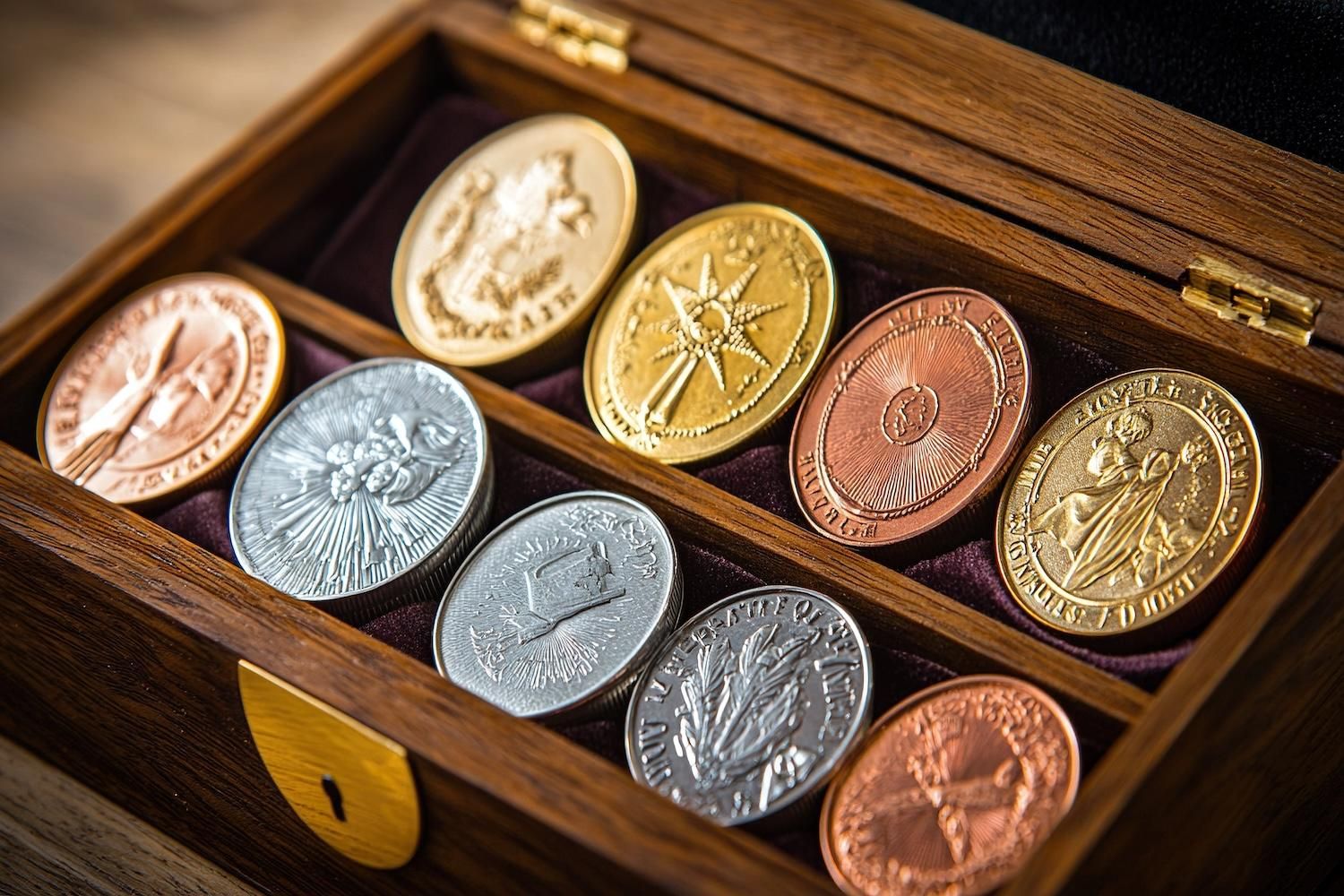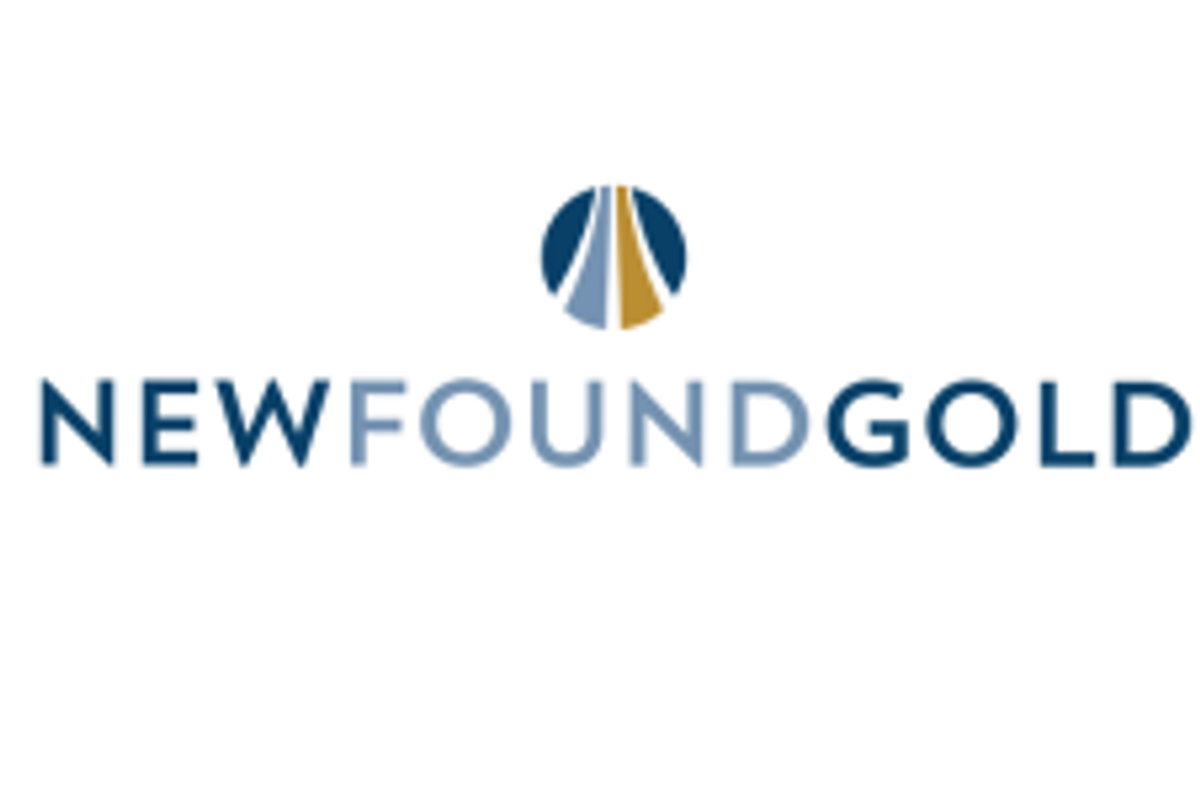Omai Gold Mines Corp. (TSX VENTURE: OMG) ("Omai" or the "Company") is pleased to report results of its ongoing 5,000-meter drill program focused on extending mineralization at Wenot below the historical pit and into the sedimentary package south of the pit. Recent grades and widths from drilling and sampling of core that encountered multiple mineralized zones in basalts and sedimentary rocks support the extension of Wenot both below the pit and to the south. A plan map showing drill hole locations is shown in Figure 1.
Highlights of the drill program:
- Hole 21ODD-009 intersected 2 meters (m) of 36.2 grams per tonne (g/t) gold (Au), including 0.8 meters of 86.3 g/t Au.
- Hole 21ODD-008 intersected 9.0 m of 6.6 g/t Au, including 1.0 meter of 43.5 g/t Au.
- The sediments are tightly folded and are well-mineralized where sheared and associated with dikes. Initial observations suggest the best grades are related to a hydrothermal magnetite event that created fertile host rocks for a later gold plus sulfurization to pyrite event.
- At least four generations of mineralized extensional quartz veins are recognized and of the four, only the last is undeformed. This suggests a long duration to mineralization while deformation continues. The higher grades in multiple vein sets significantly expand the potential of Wenot to the south in sedimentary rocks.
- An inaugural resource statement is targeted for Wenot during Q4 2021.
Mario Stifano, Chief Executive Officer of Omai Gold Mines, commented: "We are pleased that our drilling program continues to produce positive results demonstrating that mineralization at Wenot continues to depths exceeding 100 meters below the historical pit and remains open in all directions. The current drill program is anticipated to be completed shortly and will support the objective of developing a NI 43-101 Inferred Resource at Wenot later this year. The technical team is also advancing new high-priority exploration targets at Omai to unlock the significant exploration potential within the prospecting licence."
Figure 1: Plan map of Omai showing 2021 drill hole locations:
https://www.globenewswire.com/NewsRoom/AttachmentNg/27bf0a82-f488-4b6a-a85e-09210433735e
This drilling continues to give the Company's technical team a better understanding of the geology and mineralization at Omai. As anticipated, the near vertical mineralized zones encountered in the current drilling, which represent the Wenot zone and mineralization in sheared basalts north of the Wenot shear, correlate very well with previous historical drill holes. Additionally, there are several sheared and mineralized zones in the sedimentary domain (lithic wacke to the south) (see Figure 2). These zones seem to be better developed towards the western end of the deposit at shallow depth in areas with minimal drilling.
Mineralization in hole 21ODD-008 is associated with strongly sheared and altered contact zones between lithic wacke and quartz feldspar porphyry (QFP), rhyolites and diorites. Better grades are seen in younger undeformed extensional veins and shear veins that show multiple fluid pulses and gold mineralization. Within the basalts north of the Wenot shear is a highly silicified, sericitized and brecciated zone with five percent sulfides and high-grade gold intercepts.
In hole 21ODD-011, multiple mineralized zones are encountered within the sediments composed of lithic wacke (see Figure 3). Within the lithic wacke, zones with extensional veins and sulfides are strongly mineralized. Magnetite is converted to pyrite within these mineralized horizons. The last mineralizing event of undeformed extensional veins within quartz feldspar porphyry (QFP) contain the higher grades significantly expanding the potential of Wenot to the south in sediments.
Figure 2: Cross section of hole 21ODD-008 which extends the mineralization and lithologies over 120 meters below the Wenot Pit. Mineralization is contained in both basaltic units and lithic wacke (sediments):
https://www.globenewswire.com/NewsRoom/AttachmentNg/367039fa-97c1-4384-8d07-84b22f75d69c
Figure 3: Cross section of hole 21ODD-011 showing multiple mineralized horizons in lithic wacke (sediments) at relatively shallow depths:
https://www.globenewswire.com/NewsRoom/AttachmentNg/46cd5d17-7dc0-4b9a-a21a-28829cf613de
Figure 4: High-grade intercept close to a highly silicified and brecciated zone within basalt, with 5% sulfides disseminated (1 meter at 43.5 grams/tonne gold):
https://www.globenewswire.com/NewsRoom/AttachmentNg/66a73250-aedc-49ef-9411-b4f12ebfea20
Figure 5: Proto-mylonitic shear with later stage, slightly deformed extensional veins in highly mineralized, sheared and altered lithic wacke, near contact with QFP (1 meter at 9.1 grams/tonne gold):
https://www.globenewswire.com/NewsRoom/AttachmentNg/6f95e303-da01-4d4d-bbc4-10230ebc0e3b
Table 1: Assay results for completed holes.
| Hole ID | From | To | Interval | Gold grade (grams per tonne) | |
| 21ODD-003 | 314 | 321 | 7.0 | 1.5 | |
| 354.4 | 357.5 | 3.1 | 4.0 | ||
| 377 | 379 | 2.0 | 2.3 | ||
| 384 | 386 | 2.0 | 3.7 | ||
| 396 | 400 | 4.0 | 2.6 | ||
| 418 | 420.4 | 2.4 | 1.9 | ||
| 425.4 | 428 | 2.6 | 0.9 | ||
| 438.8 | 441.6 | 2.8 | 2.6 | ||
| 450.9 | 465 | 14.1 | 1.7 | ||
| Including | 458.4 | 459.4 | 1 | 10.4 | |
| 21ODD-008 | 285 | 287 | 2.0 | 2.3 | |
| 292 | 294.7 | 2.7 | 0.7 | ||
| 338 | 343 | 5.0 | 0.7 | ||
| 352 | 356 | 4.0 | 0.6 | ||
| 381 | 391.2 | 10.2 | 1.9 | ||
| Including | 381 | 382 | 1.0 | 9.1 | |
| 433 | 439 | 6.0 | 0.4 | ||
| 442 | 446 | 4.0 | 4.7 | ||
| 455 | 468 | 13.0 | 2.8 | ||
| Including | 457.1 | 457.7 | 0.6 | 6.6 | |
| 457.7 | 458.2 | 0.5 | 6.3 | ||
| 459.2 | 460.2 | 1.0 | 5.2 | ||
| 464.2 | 465.2 | 1.0 | 6.3 | ||
| 498.8 | 507.8 | 9.0 | 6.6 | ||
| including | 502.8 | 503.8 | 1.0 | 43.5 | |
| 517.8 | 526.7 | 8.9 | 0.6 | ||
| 21ODD-010 | 260 | 273 | 13.0 | 0.9 | |
| Including | 263 | 264 | 1.0 | 3.1 | |
| Including | 264 | 265 | 1.0 | 3.5 | |
| 486 | 487.2 | 1.2 | 1.6 | ||
| 21ODD-011 | 22.6 | 24.1 | 1.5 | 3.2 | |
| 67.2 | 67.8 | 0.6 | 14.7 | ||
| 206 | 218.4 | 12.4 | 1.5 | ||
| 241.4 | 242.4 | 1.0 | 5.5 | ||
| 285.3 | 289.2 | 3.9 | 1.3 | ||
| 297.6 | 299 | 1.4 | 2.2 | ||
| 302 | 307 | 5.0 | 1.8 | ||
| Including | 302 | 302.4 | 0.4 | 7.1 | |
| Including | 305.3 | 305.8 | 0.5 | 7.6 | |
| 313.9 | 323.1 | 9.2 | 1.6 | ||
| 326.7 | 338.9 | 12.2 | 1.1 | ||
| Including | 335 | 335.5 | 0.5 | 9.4 | |
| Including | 337.9 | 338.9 | 1.0 | 4.3 | |
| 346 | 348 | 2.0 | 5.1 | ||
| Including | 347 | 348 | 1.0 | 8.8 | |
| 388 | 390 | 2.0 | 2.0 | ||
| 443.3 | 446.3 | 3.0 | 0.9 | ||
| 454.8 | 469.6 | 14.8 | 0.6 |
The thickness reported in table is the length of intercept in drill core. True thickness will be less; if the mineralized interval is near vertical, then the true thickness is roughly 75% of reported thickness.
Table 2: Assay results for partially completed or lost holes.
| Hole ID | From | To | Interval | Gold grade (grams per tonne) | |
| 21-OOD-004 | Hole lost; no results | ||||
| 21ODD-005 | 51 | 54.5 | 3.5 | 3.8 | |
| Including | 51 | 52 | 1.0 | 12.6 | |
| 21ODD-006 | 54 | 57 | 3.0 | 2.3 | |
| Including | 54 | 54.7 | 0.7 | 5.7 | |
| 21-ODD-007 | Hole lost; no results | ||||
| 21ODD-009 | 391 | 393 | 2.0 | 36.2 | |
| Including | 391 | 391.8 | 0.8 | 86.3 | |
| 420 | 422 | 2.0 | 1.6 | ||
| 434 | 446 | 12.0 | 0.6 | ||
| 449 | 452 | 3.0 | 1.1 | ||
| 507 | 511.6 | 4.6 | 2.3 | ||
| Including | 509.6 | 510 | 0.4 | 6.1 | |
| 21ODD-012 | Hole lost; no results |
Table 3: Summary of drill locations, hole azimuth, dip and status:
https://www.globenewswire.com/NewsRoom/AttachmentNg/b643f58b-885c-4d51-8456-57e4eba18452
Due to difficult drilling conditions on the south side of the Wenot Pit, including cavities and fractures in sand and rock and buried mine equipment, some holes were lost before reaching their intended target.
Sample collection, assaying and data management
An experienced technician is stationed at the rig for hole recovery, core orientation, and related geotechnical parameters. Core samples are collected at 1 to 2 meter intervals for assay and represent ½ of core. Standards, blanks and duplicates are entered at regular intervals. Samples are sealed in plastic bags and shipped to the Actlabs certified laboratory in Georgetown, Guyana, respecting the best chain of custody practices. At the laboratory, samples are dried, crushed up to 80% passing 2 mm, riffle split (250 g), and pulverized to 95% passing 105 μm, including cleaner sand. 30 g of pulverized material are then fire assayed by atomic absorption (AA). Initial assays with results above 3,000 ppb gold are re-assayed with gravimetric finish. Standards and blanks meet with QA/QC specifications.
Qualified Person
Dr. Dennis LaPoint, PhD, is a Qualified Person (QP) under National Instrument 43-101 "Standards of Disclosure for Mineral Projects" and has approved the technical information contained in this news release. Dr. LaPoint is not considered to be independent for the purposes of National Instrument 43-101.
Neither the TSX Venture Exchange nor its Regulation Services Provider (as that term is defined in the policies of the TSX Venture Exchange) accepts responsibility for the adequacy or accuracy of this release.
About Omai Gold Mines Corp.
Early prospectors identified Guyana's vast mineral wealth 130 years ago, and at the heart of the country's gold mining history is the Omai mine, once South America's largest producing gold mine. We're building on this past success with new tools, relationships and vision to bring this under-explored gold district back to life, providing a unique opportunity for all stakeholders to participate in value creation.
Avalon Gold Exploration Inc., a wholly owned subsidiary of Omai Gold Mines Corp., holds a 100% interest in the Omai Prospecting License covering 4,590 acres, including the past producing Omai gold mine.
For further information, please see our website www.omaigoldmines.com or contact:
Mario Stifano
President and Chief Executive Officer
info@omaigoldmines.com
Phone: +1-416 815-9777
Cautionary Note Regarding Forward-Looking Statements
This news release includes certain "forward-looking statements" under applicable Canadian securities legislation. Forward-looking statements include, but are not limited to, statements with respect to timing and results of the drill program, and completion of an initial Inferred Resource for Wenot. Forward-looking statements are necessarily based upon a number of estimates and assumptions that, while considered reasonable, are subject to known and unknown risks, uncertainties and other factors which may cause the actual results and future events to differ materially from those expressed or implied by such forward-looking statements. Such factors include, but are not limited to general business, economic, competitive, political and social uncertainties; delay or failure to receive regulatory approvals; the price of gold and copper; and the results of current exploration. There can be no assurance that such statements will prove to be accurate, as actual results and future events could differ materially from those anticipated in such statements. Accordingly, readers should not place undue reliance on forward-looking statements. The Company disclaims any intention or obligation to update or revise any forward-looking statements, whether as a result of new information, future events or otherwise, except as required by law.







